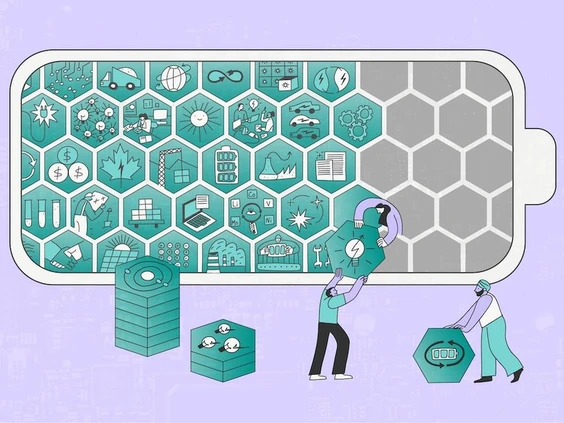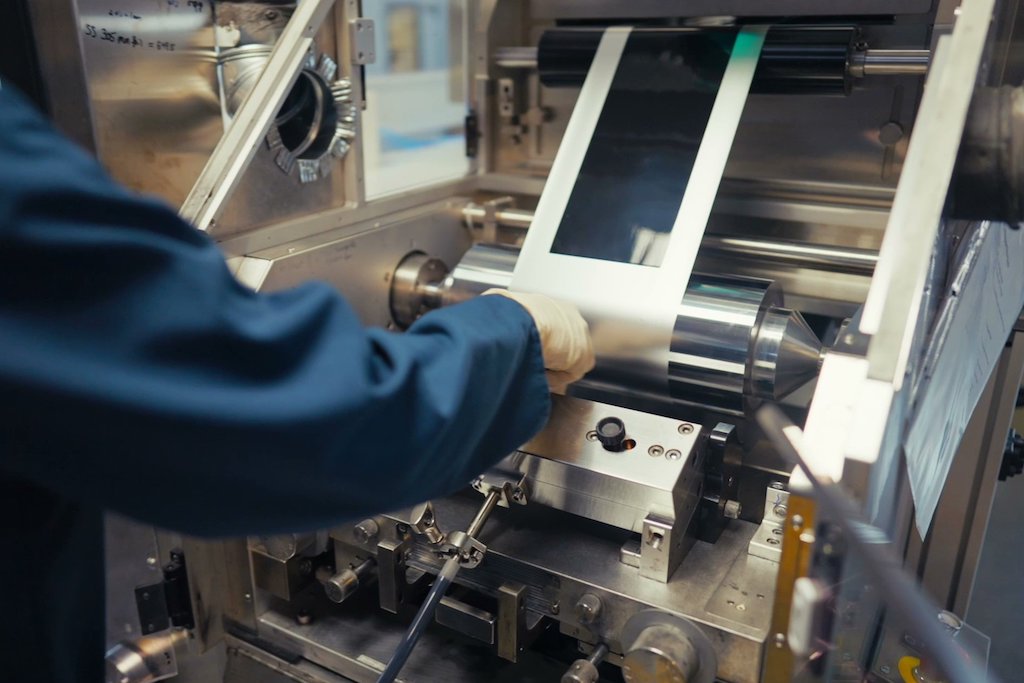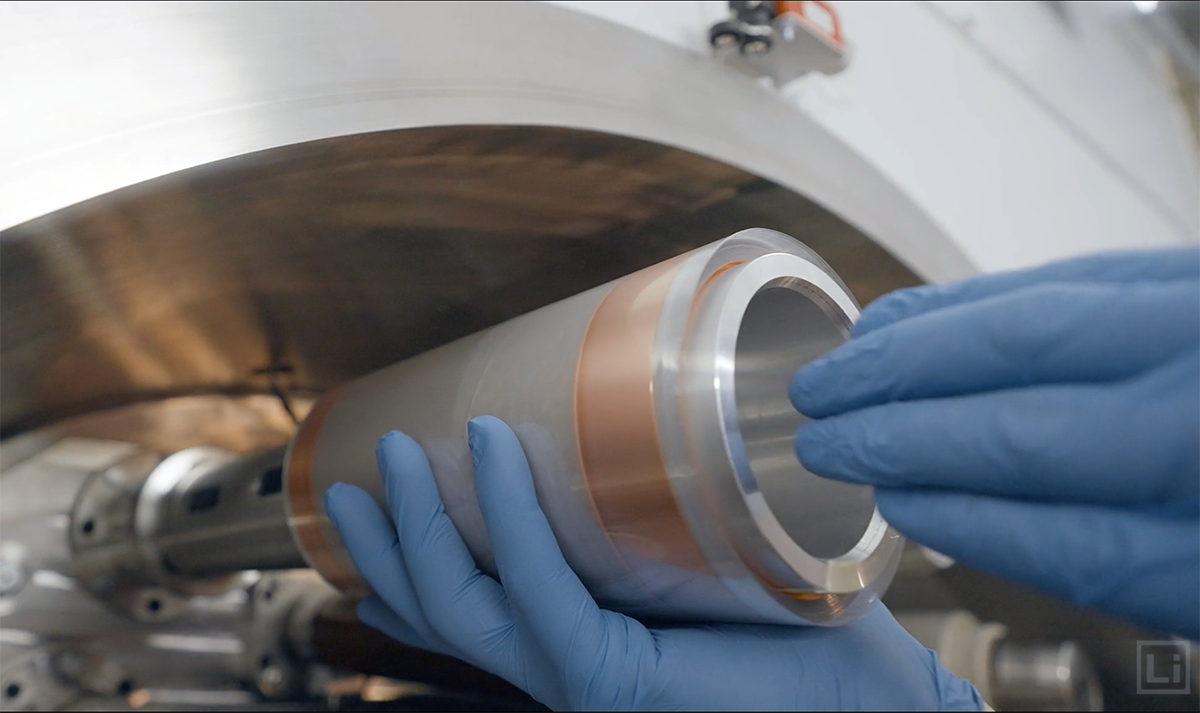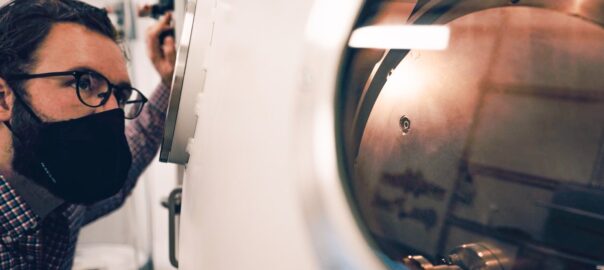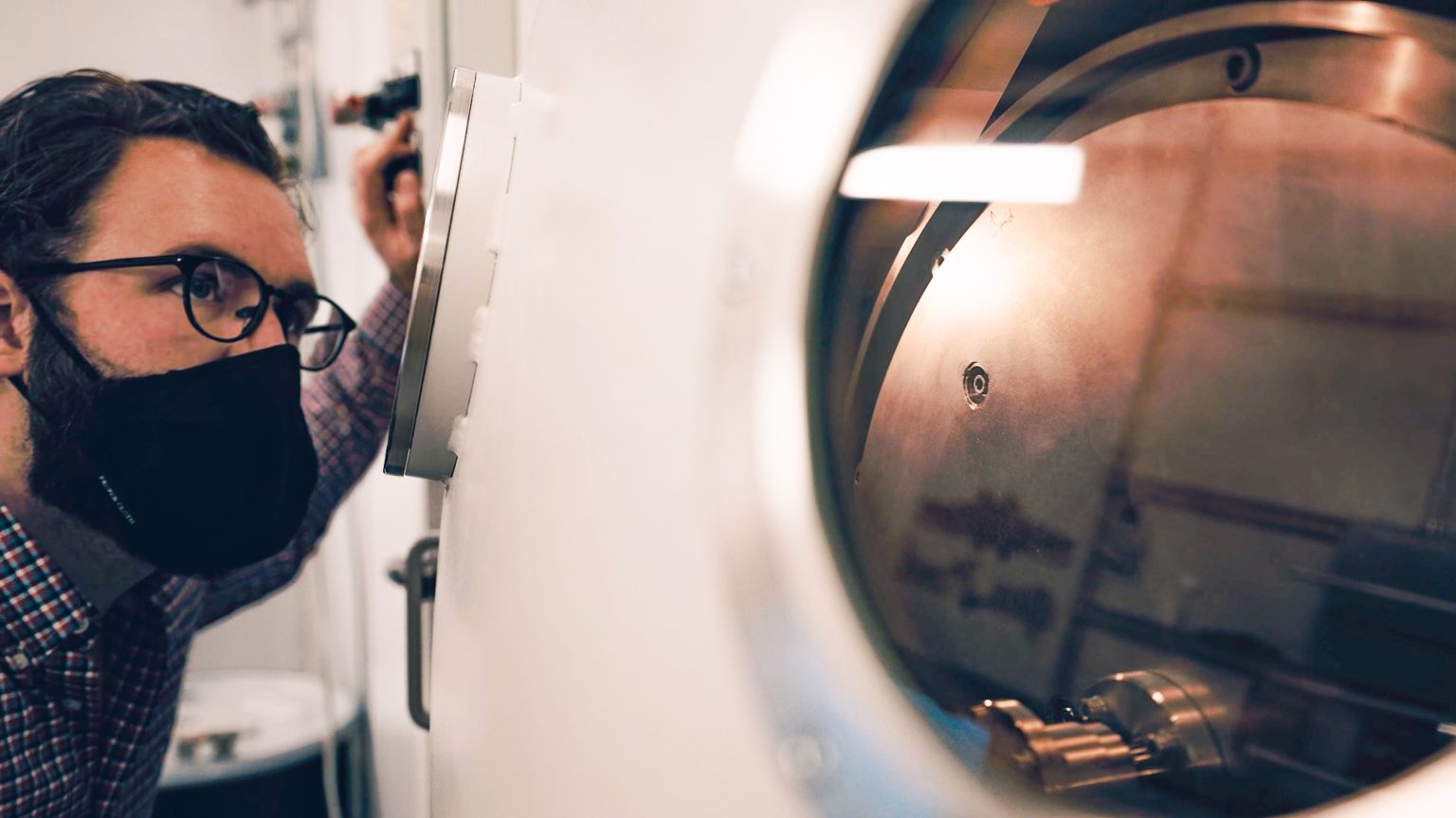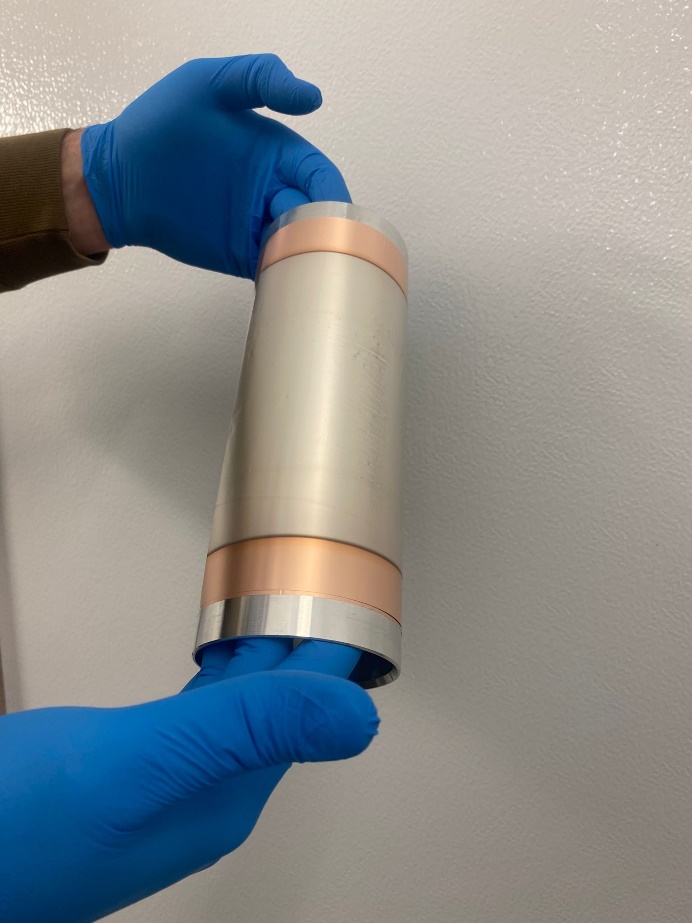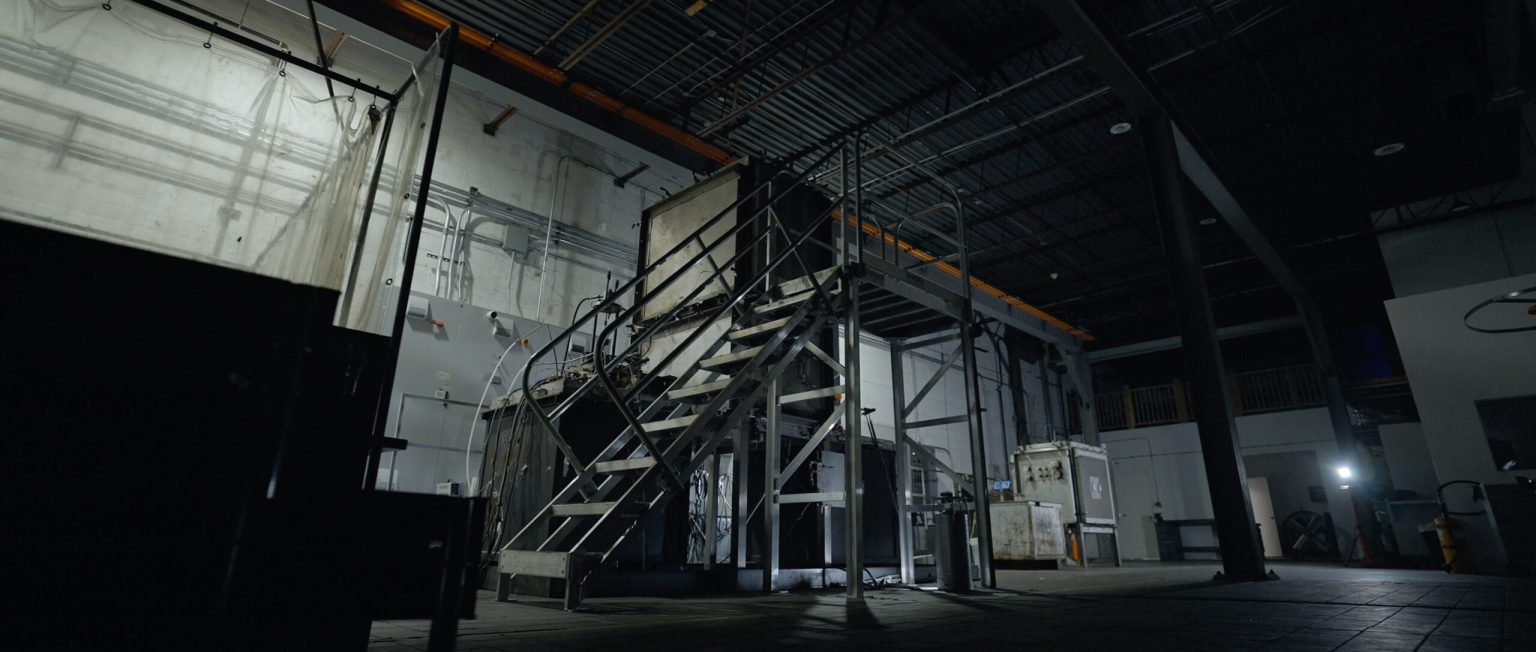In the race to net zero, what’s in store for transportation and mobility this year?
By Vartan Badalian

From top left: Ingrid Irigoyen, Joshua Aviv, Barbara Humpton, David S. Kim, Nate Springer, Daniel Weissland, Ajay Kochhar, Mike Roeth, Chris Baker, Paul Augustine, Rohini Sengupta, Bill Cawein, Josh Green, Colin Gounden, Riona Armesmith, Stacy Noblet, Maciej Jastrzebski, Pam Fletcher, Gregory Davis, Monica Araya, Fredrika Klarén, Apoorv Bhargava, Blain Newton, Dr. Shelley Francis
The starting pistol has fired, and 2023 has officially begun. However, the race to decarbonize transport and the many facets of each subsector such as road vehicles, aviation and maritime shipping has been going on for years. So, in a way, it may be better to think of 2023 as the passing of the baton from 2022, in the broader race to net zero. However, unlike a relay race in which one runner from a team passes the baton to the next runner, industry leaders must keep running, together, farther and faster than ever before if we are to win the race.
Following that metaphor in the race to net zero, what’s in store for 2023? Personally, I think 2023 will be the year of manufacturing — where much of the focus on electrification will shift from making commitments and announcements for releasing new EVs to focusing on growing manufacturing capacity to act on existing commitments for new EV models. Additionally, automotive companies will strive to lower EV production costs to counteract simmering battery price decline. Lastly, as it pertains to the U.S., automakers will continue sprinting to reshore battery manufacturing and supply chains driven by legislation adopted in 2022, which will continue to cause and even increase geopolitical trade tensions between the U.S. and its allies as well as with multinational companies.
I decided to ask some of our fellow runners what their predictions are for 2023 across some of the highest-emitting areas of transport. Their responses have been lightly edited for length and clarity.
Public transit
David S. Kim, Senior Vice President and Principal, National Transportation Policy and Multimodal Strategy, WSP
I believe 2023 will include the following: (1) despite stepped up efforts by cities to implement safety measures, fatalities and serious injuries among vulnerable road users will continue to rise in 2023, (2) sales of e-bikes and zero emission vehicles will continue to increase and (3) transit ridership throughout the United States will gradually improve.
Aviation
Pam Fletcher, Chief Sustainability Officer, Delta Air Lines
In 2023, we will see an influx of cross-industry and stakeholder collaboration to drive real actions toward net zero emissions by 2050. This is a top priority for Delta in the year ahead as we double down on the power of our people to accelerate change in areas we control, drive demand signals for mid-term solutions like SAF and convene innovators to advance tech that can truly decarbonize aviation.
Rohini Sengupta, Director, Sustainability and Decarbonization, United Airlines
While I’m typically not in the business of prediction when it comes to decarbonization work, I feel an overwhelming sense of optimism going into 2023. For air transport, I believe the upcoming year will show acceleration in the scale of sustainable aviation fuel (SAF), from first fuels through new commercial pathways to increased production — I think we’ll hear about more SAF projects than ever before! I also think we’ll really get to see what policy’s support can mean to advance clean technologies: With the passing of the Inflation Reduction Act, I believe 2023 will bring an unprecedented level of investment and design around projects in clean energy, clean hydrogen and carbon capture (not to mention the credits for SAF). All in all, thrilled to meet 2023 with open arms!
Riona Armesmith, Chief Technology Officer at magniX
I anticipate that we will be hearing more about alternative and green fuel production, such as hydrogen, ammonia and potentially biofuels. We’ll hear about their use cases across transport sectors, their production by electrolysis and green energy and how to transport the fuel around globally or produce it onsite, close to the point of use. I also think we’re going to see more battery technologies maturing, with comparisons of the relative merits of green fuel combustion versus fuel cells on the use case side.
Gregory Davis, President and CEO, Eviation Aircraft
2023 will be the year of the electric airplane. This technology is going to be a market maker. We are going to see major air carriers and new entrants announce their adoption of zero-emission aircraft for regional air mobility.
Blain Newton, Chief Operating Officer, BETA Technologies
In the past few years we’ve seen operators make purchase commitments around sustainability and innovation, but now that we’re seeing technical and regulatory progress across the sector, it’s about turning those commitments into reality. Operators are bought in on these transformative technologies and they want to deploy them as soon as possible. In 2023, I think we’ll see operators focused on doing the work required to really integrate these technologies into their business, from updating their networks to implementing infrastructure and figuring out where exactly this technology plugs in.
Road vehicles
Mike Roeth, Executive Director, North American Council for Freight Efficiency
I predict that 2023 will be the year where vans and truck builders, Classes 3-8, will deliver and are prepared to ramp up truck production, actually faster than the required charging infrastructure can be created to match the truck deliveries. More benefits and challenges will emerge as the many organizations deploying these trucks will get more deeply into the details. Sustainability and regulations will increase providing the certainty of action and in determining the correct mix of technologies for long-haul trucking.
Paul Augustine, Head of Sustainability, Lyft
2023 will be a year of massive growth in vehicle electrification as the groundwork that was laid in 2022 — historic public policies and ambitious private sector investments — take hold and bear fruit. To meet the urgent threat of climate change, the new year must be focused on execution and implementation of transformative projects and programs within the transportation system.
Dr. Shelley Francis, Co-Founder and Managing Partner, EVNoire
We have been propelled forward in accelerating multimodal EV adoption through a transformational investment and commitment from the federal government, utilities, cities, the philanthropic community and more to accelerate equitable electrification across the corners of the 50 states. By December 2023, 50 percent of the 100 largest U.S. cities will make a commitment to electrifying their fleets e.g., transit, micromobility; we will see a 40 percent increase (compared to 2020) in investment in the workforce and manufacturing sector throughout the Southeast region in both rural and urban communities as this region sits at the nexus of transportation electrification and manufacturing. And finally, with EV adoption rates in the U.S. doubling from 2020 rates, consumers will have close to 150 EV models to purchase/lease.
Chris Baker, Head of Enel X Way North America
2023 will represent the biggest year in unlocking public charging infrastructure funds, with the National Electric Vehicle Incentive program and Inflation Reduction Act kicking off. As more EV makes and models come to market, the prospect of ensuring accessible EV infrastructure for all is ramping up, as is demand for public charging. The future is most definitely electric.
Monica Araya, Distinguished Fellow, ClimateWorks Foundation
I predict (1) new competition around industrial policies and investment incentives to promote domestic vehicle and battery manufacturing, (2) trade tensions and geopolitics reconfiguring supply chains and (3) momentum in new segments from e-bikes and electric ferries to e-buses and clean trucking.
Barbara Humpton, President and CEO, Siemens Corp.
We’re at a moment where we have the technology we need to decarbonize industry and infrastructure. The question is, how can we deploy it faster, and at scale? From the building of a national EV charging infrastructure network, to the transformation of rail, to the reinvention of American manufacturing, I think we’re going to see the answer to this question really take shape in 2023, with cross-sector partnerships and ecosystems driving progress forward in a big way. Working together, I’m optimistic we will accelerate our clean energy future faster than we could have ever imagined.
Fredrika Klarén, Head of Sustainability, Polestar
I think the disconnect between the expectations that consumers and stakeholders have on the automotive industry to transition, and the industry’s current capacity will become even clearer. We are not where we need to be in terms of scale and financial investment for low-carbon and net-zero solutions. With EVs, we have an existing, scalable climate solution, and we at Polestar will continue to push for collective action in the car industry to secure that we do our bit in bending the curve in time.
Josh Green, Founder and CEO, Inspiration Mobility
2023 will be the year that EV adoption by commercial fleets becomes the norm. With looming corporate climate commitment deadlines and a step-change in new EV models available at different price points, commercial fleets will move to take advantage of the cost and sustainability benefits of electrification. Transitioning to EVs yields immediate, quantifiable cost savings and carbon reductions, and with additional tailwinds from federal and state policies that begin going into effect in 2023, including new tax incentives for EVs, charging and more, 2023 will be a tipping point when the majority of commercial fleets begin or rapidly accelerate their electrification journey.
Joshua Aviv, Founder/CEO, SparkCharge
We will see the rise of electric fleets for passenger, autonomous and heavy-duty vehicles. We will also see mobile EV charging come to more cities.
Bill Cawein, Manager — Technology & Integration, Global Vehicles, FedEx Express
Electrification of commercial fleets goes nowhere without infrastructure to accompany it, so in 2023, I hope to see momentum around infrastructure development continue to grow. It is an incredibly complex and ever-evolving area, but with more professionals and utilities becoming familiar with design requirements and more funding available, I think infrastructure will command even more attention next year.
Daniel Weissland, President, Audi of America
The biggest trend for 2023 is action. The future is now and we will keep pushing toward our near-term goals like making all Audi production sites net carbon neutral by 2025 and launching only new all-electric models starting in 2026. Demand for BEV [battery electric vehicles] is high; we know our customers are ready and we’re all-in. In 2023 and beyond, the industry will also continue to focus on decarbonization across the full supply chain. At Audi, for example, all suppliers must undergo a sustainability ranking before they can be awarded a contract, and we require our battery cell manufacturers to use renewable energy sources for production.
Stacy Noblet, VP, Transportation Electrification & Senior Fellow, ICF Climate Center
In 2023, partnerships and collaboration will be key in breaking down barriers to increased transportation electrification, focusing on reliability, interoperability and equitable access. Between OEMs [original equipment manufacturers] teaming up with utilities, to productive interagency cooperation, everyone will be in each other’s business — in a good way!
Nate Springer, Vice President, Market Development Gladstein, Neandross & Associates
This will be the year that sustainability takes heavy transportation by storm. Customers, investors and regulators are now intent on decarbonizing transportation and leaders like Maersk, JB Hunt, UPS, FedEx, Schneider offer a beacon of possibility. In 2023, a wave of carriers will make bold sustainable transition plans that rely on proven and available renewable and near-zero technologies while testing a burgeoning market of zero-emission electric and hydrogen solutions.
Apoorv Bhargava, CEO of WeaveGrid
Even more EV Super Bowl ads than last year! But actually … I expect that utilities will play a more central role in enabling decarbonized transportation. But, there will continue to be concerns about the electric grid’s ability to handle rapid EV adoption and increased charging infrastructure deployment, particularly fueled by OEM investments in electrification and significant federal funding. Due to continued and new supply chain issues, utilities will need more software solutions to overcome distribution constraints in a way that is cost-effective for utility customers.
Maritime
Ingrid Irigoyen, Associate Director, Ocean and Climate, Aspen Institute Energy and Environment Program, The Aspen Institute
I predict that climate-leading companies that rely on ocean freight will become increasingly impatient with the slow pace of maritime transport decarbonization. I think they will put more pressure on carriers to reduce emissions now by operating more efficiently and will demand concrete plans from carriers that they are investing in a transition to new clean hydrogen-derived zero-emission fuels and offer zero-emission shipping services that are not yet currently available in the marketplace, but are widely recognized as the only viable pathway to Paris-aligned transoceanic shipping. I believe companies will be looking for new ways to collaborate and procure such green shipping services pre-competitively so that they can gain economies of scale and have greater collective impact than if they work alone.
Battery production and recycling
Ajay Kochhar, CEO/Co-founder, Li-Cycle
As more battery megafactories come online and as production ramps up, we expect manufacturing scrap to continue to increase, which is a core near-term feedstock for Li-Cycle’s environmentally friendly, safe and cost-effective recycling technologies. We also expect automakers will continue to focus on using recycled battery materials to support their production goals and qualify for clean vehicle tax credits from government initiatives such as the Inflation Reduction Act. Overall, the transition to clean energy and the EV revolution will continue to accelerate, and lithium-ion battery recycling will be an important driver by providing a greener and more cost-effective supply of battery materials.
Maciej Jastrzebski, CEO/co-founder, Li-Metal Corp
Li-Metal believes EV adoption will continue to accelerate into 2023 and we will see more vehicles on the road powered by batteries. Although we anticipate there will be more EVs on the road, in line with increases in lithium-ion battery prices, we expect they will be more expensive and North American automakers and battery developers will continue to explore more cost-effective solutions for battery production. We anticipate that continued efforts to commercialize new battery chemistries will result in concrete steps toward vehicles powered by next generation anodes on the roadways.
Bidirectional charging
Colin Gounden, President, VIA
We expect a dramatic rise in vehicle-to-building and vehicle-to-grid charging. With extreme weather, aging infrastructure and record supply chain shortages, the new generation of bidirectional electric vehicles will be a highly attractive source of energy flexibility for grid operators. Web3 technologies like zero-knowledge proofs will help verify that the electrons returning to the grid are from renewable sources while maintaining the privacy and anonymity of EV owners.

